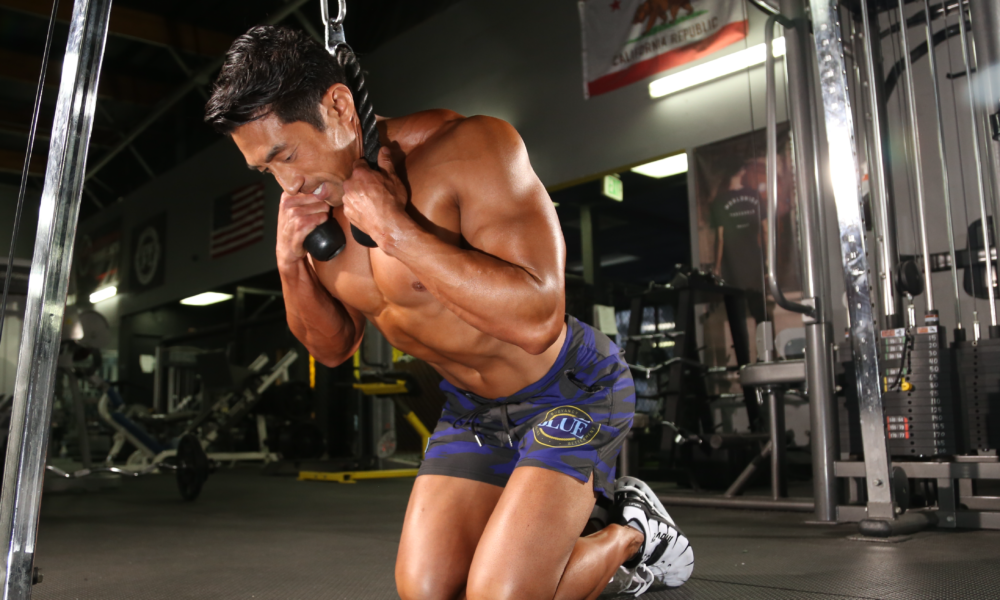

Your core muscles are integral to protecting yourself against injury and maximizing results from lifting. Most people try to focus on specific muscle groups that they would like to see visual improvement in, but don’t understand that building muscle requires the help of other muscle groups. Strengthening your core muscles can help you maintain balance and stability while lifting. This will help you maintain the perfect form, which in turn will get you to the results you’re looking for, faster.
Your core muscles are composed of your lower back, pelvis, hips, and abdomen. There are seven muscles throughout this region. These muscles actively give strength and stability when carrying a heavyweight, twisting, or bending. The seven core muscles include:
- Rectus abdominis
- Internal obliques
- External obliques
- Multifidus
- Tranversus abdominis
- Quadratus lumborium
- Lumbar erector spinae
Why Core Strength Is Vital To Weightlifting
Some people mistake core training for abdominal training. Core training goes beyond abdominal training for a ‘six-pack’. Situps and pushups can only take your core so far, so eventually, you will need to train your core to support the heavyweight.
Strength exercises like deadlift, squat, overhead press, and bench press involve movements requiring the spine to be rigid so that the hip and shoulder joints can move with force. It is your core muscles that help create stability and rigid spine position.
Below are reasons why core training is vital to every weightlifter.
You need core training for improved balance and stability
Training the muscles of your back, abdomen, pelvis, and hips leads to an increase in balance and stability. This is important for carrying out all physical activities, not just weight training. Having great stability and balance is vital for people who compete in other sports and endurance activities. Having great balance and stability can also help prevent injuries, protect joints, and improve coordination.
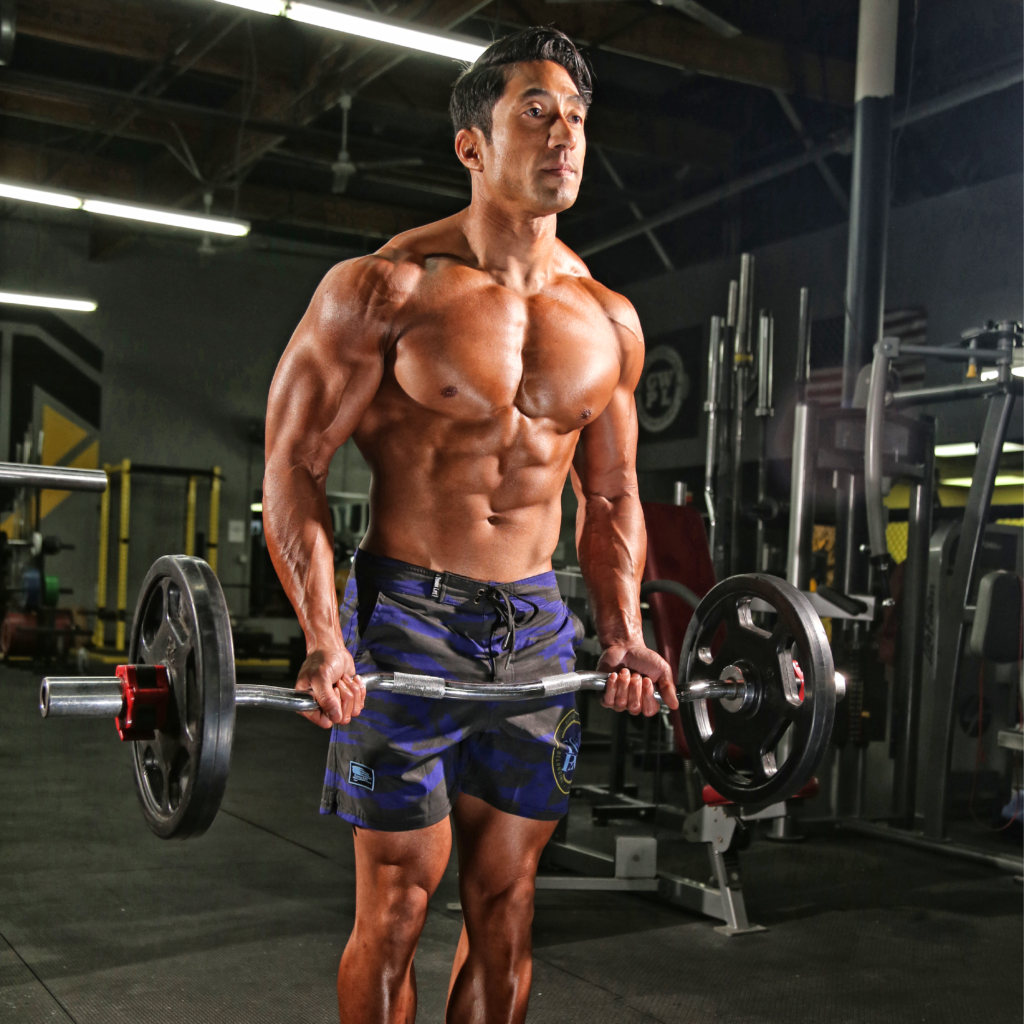
A strong core helps prevent injuries while training
Having a strong core allows you to lift heavier weights in the gym. It is common that someone weight training would use external support, like a weight belt or wraps to assist with their lift. While there’s nothing wrong with this, it is best that you first make sure you have a strong core before using anything external to help you. Having a strong core allows external aids to help you as designed and not compensate for a lack of strength.
It reduces the risk of developing back pain
Stronger and healthier lower back muscles make it less likely for someone to suffer from back pain. A strong core offers protection to the back muscles. A stabilized back also means reduced stress and tension, which results in enhanced flexibility and a greater range of motion.
Core exercises help tone the abs
Even though core exercises are more about muscle strength than developing six-packs, the two are not mutually exclusive. While some abdominal exercises are essential for burning abdominal fat, core exercises can help tone the underlying abdominal muscles. This will provide improvements visually as well as enable you to achieve your overall fitness goals faster due to a loss of excess fat and gained muscle.
Best Cable Machine Exercises For Your Core
Modern cable machines enable you to put your entire workout routine in one place. You might be surprised that by fixing some additional accessories to the cable machine, you will create comprehensive equipment that will help you build strength and muscle in all the key areas of the body.
The good thing about cable machine exercises is that aside from the fact that they effectively work the abs, they also help strengthen the core muscles. Cable machine exercises have different variations that target the different core muscles.
Cable machines strike a perfect balance between versatility, convenience, and high performance. Even if you are a first-time user, you will find it easy to adapt and adjust to the workout equipment.
Here are some great cable machine exercises for building your core:
Kneeling Pallof Press
- Get on your knees and set the cable handle to the height of your chest
- Facing the cable perpendicularly, bring the handle to your chest
- Squeeze your gluteus muscles, brace your core, and keep your hips and shoulders directly over your knees
- Push the handle forward and hold for about three seconds
- Bring the handle back to your chest and repeat several reps
- Alternate sides
Plank With Cable Row
- Go on a plank position and face the cable handle set to the lowest height
- Tighten your core and gluteal muscles
- Flatten your lower back
- With one arm, reach forward, grab the cable handle and row it towards your rib cage
- Keep your body rigid while at it
- Repeat using your other arm
Kneeling Anti-Rotational Chop With Rope
- Get on your knees and set a cable rope attachment above your head
- Facing the cable perpendicularly, grab the rope, so one arm is at the base and the other hand at the top
- Drag the rope diagonally downwards towards your body
- Lockout the arm that is placed farthest away and push forward with the arm placed closest to the machine
- Repeat reps and switch sides
Cable Push-Pull
- Using a cable-crossover machine, set the cable handles at your chest level
- Stand and grab handle which each hand, with your back to the weight stack
- Extend the front arm forward and the other hand at your side
- Pull the front hand to the side and punch the other hand forward simultaneously
- Keep your shoulders and torso still
Horizontal Wood Chop
- Set the cable machine to the height of your chest
- Stand in a split-stance and grab each handle with both arms extended, with your back to the weight stack
- Turn your hips and shoulders at the same time while keeping your arms straight
- Twist your hips and pivot your feet as you move the cable to the side
Best Ab Machines
Aside from building core strength, getting rock solid abs is probably one of the most desired fitness goals among both men and women. However, there is no shortcut to building muscle strength or six-packs; you have to work not just your rectus abdominis (your six-pack muscles) but also your entire core muscles.
In case you do not have access to cable machines, you can opt for other workout machines/ equipment to work your abs. Using these can be very effective for working the abs, toning them, and even enhancing core strength.
Below is some of the equipment that can help you strengthen your abs which will give you core strength.
-
Incline Sit-up Benches
These ab machines target specifically the rectus abdominis muscle. To use it, you have to lie down on your back so your head is close to the bottom of the bench, then place your feet on the foot holders on top of the machine. Next is to lift your chest towards your knees, exhaling and engaging your core while at it. Slowly lower your back down again to complete one rep. Continuing repeating the reps. For a first-time user, remember to fix the degree angle of the bench to about 30-40 degrees until you get comfortable to take it higher. The higher the degree angle, the more difficult the sit-up will be.
-
Ab Rollers
You might be surprised that these simple-looking tools are one of the most effective pieces of equipment for working the abs. Ab rollers work by engaging your different core muscles as you straighten out your body in a plank position and returning to start.
The fitness tool typically has a carbon-steel spring that provides resistance as you roll out, while its handles provide stability while you pull the wheel back and forth.
-
Pullup Bars
Pullup bars can be used to target the rectus abdominis and the external oblique muscles. To do this, start by grasping the pullup bar in a pullup position. Hang with your arms straightened and your upper back engaged. To engage your core, exhale and then lift your knees towards your chest. Next, inhale while bringing down (extending) your legs slowly. Remember to move nice and slow to maintain control and stability.
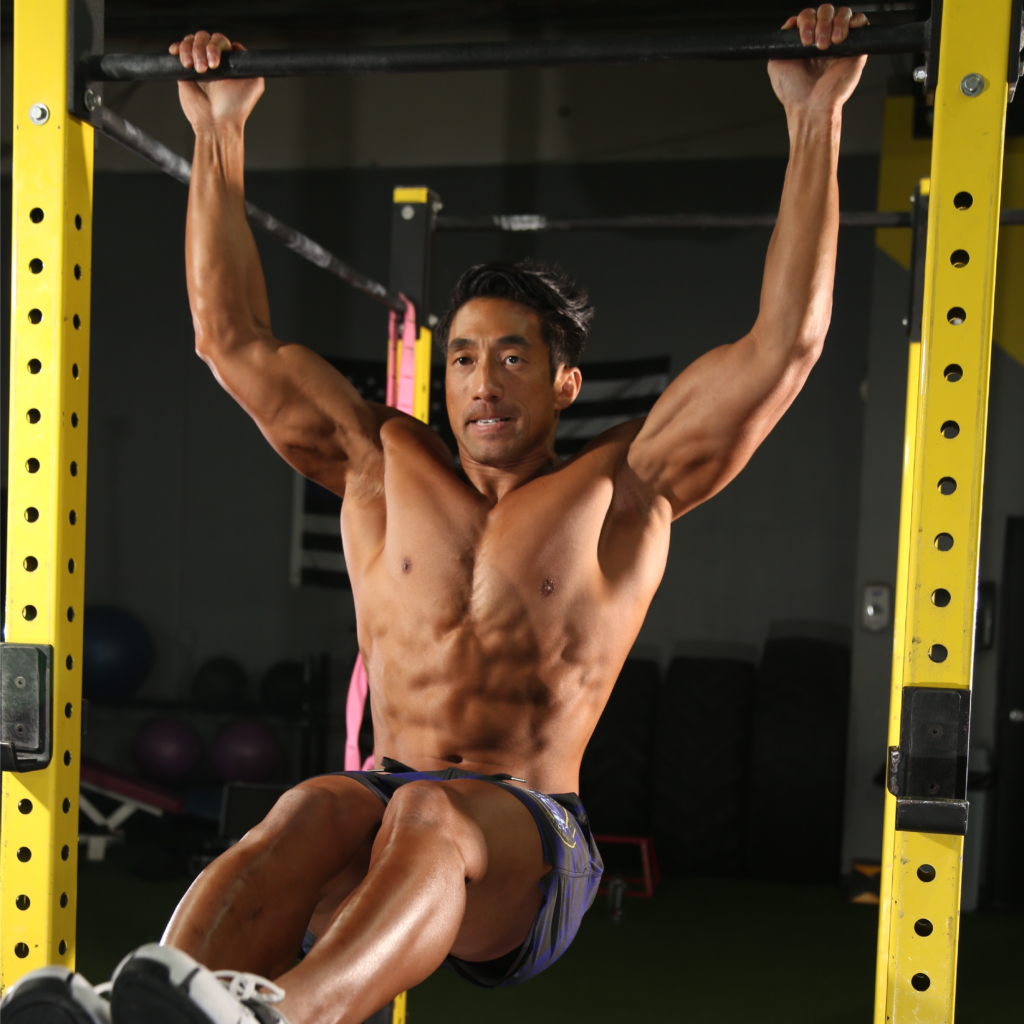
-
Hyperextension Roman Chairs
This piece of exercise equipment is used mainly for your lower back, and can also strengthen your core. The roman chair allows you to build a strong core which will allow you to keep executing at the gym while keeping your balance and posture correct. The main muscles that are targeted are your lower back, glutes, abs, and hamstrings.
Remember whenever doing this exercise to remember to inhale and exhale. Inhale when bending forward while lowering your chest to the group, keep your neck as straight as possible. Then, exhale to straighten your body to return to your start position.
-
Ab Wheels
Ab wheels are different from ab rollers. They enable you to take push-ups and planks to the next level. Hold on to one in each hand while in a plank position. You can either roll them out to the front or side of your body. The fact that you have to work harder to stay balanced engages your shoulder, hip, and core muscles as you move.
-
Barbell Ab Trainers
These training tools are easy-to-use options for doing crunches or sit-ups better. Sit on the floor and slide the ab trainer over your body. Its padded pillow should be right behind your head and neck to enable you to lie down comfortably.
Grip the front of the barbell while planting your feet on the ground and engaging your core, lift your upper body just as if you are doing a crunch or sit-up. Slowly lower your upper body to lie back down, still keeping your core engaged.
How To Prevent An Abdominal Muscle Strain
An abdominal muscle strain is an injury to any of the abdominal wall muscles. This typically occurs when the muscle is overstretched. It’s not unusual to experience abdominal muscle strain, especially if you do intense workouts. However, there are some measures you can take to prevent abdominal muscle strain.
- Do not overexert while working out
- Avoid bending too far backward (hyperextension) when lifting weights
- Avoid exercises with jerky movements
- Rest your muscles after intense exercise sessions
- Warm-up and stretch before you begin your workout
- Start slowly with workouts while you gradually build up your intensity and duration of exercise
- When lifting heavy objects, bend your hips and knees and lower down with a straight back
- Always maintain a good posture whether you are sitting or standing
Conclusion
If you weight train or compete in sports, it’s imperative to build your core strength. Increased core strength can improve physique, range of motion, posture, form, and stability. Utilizing a cable machine provides various moves to help you achieve this, however, if you do not have access to a cable machine, there are many other machines and workout pieces of workout equipment that can help you. Cable-based workouts are not only effective for burning off the unwanted pounds you have gained, but they are also effective for building core muscle strength, improved balance, and stability. Overall, it’s important to keep in mind that no matter what tools you utilize, make sure you isolate your core as much as possible and do not rely solely on the machines or external aid for stability and strength. This will increase your overall strength and workout effectiveness.







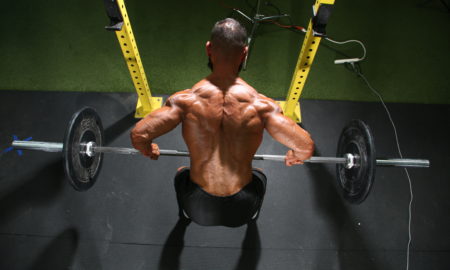






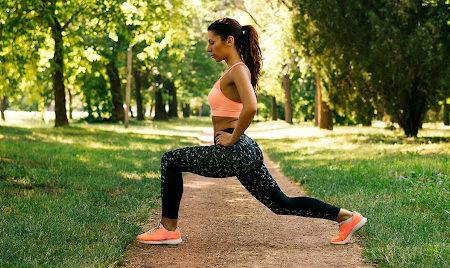



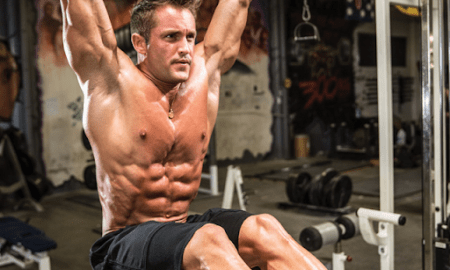



You must be logged in to post a comment Login